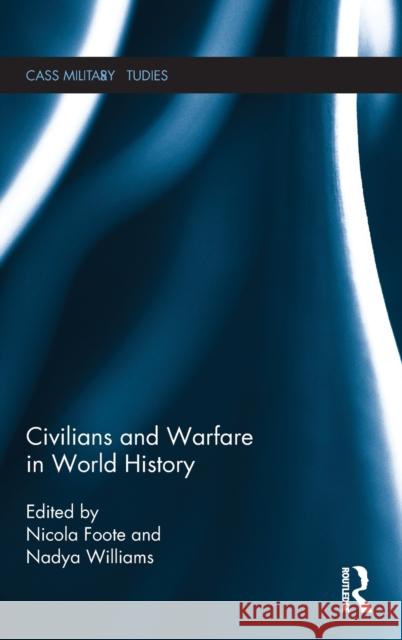Civilians and Warfare in World History » książka
Civilians and Warfare in World History
ISBN-13: 9781138749917 / Angielski / Twarda / 2017 / 330 str.
Civilians and Warfare in World History
ISBN-13: 9781138749917 / Angielski / Twarda / 2017 / 330 str.
(netto: 670,84 VAT: 5%)
Najniższa cena z 30 dni: 654,86
ok. 22 dni roboczych
Dostawa w 2026 r.
Darmowa dostawa!
This interdisciplinary book aims to address the historical questions of what roles have civilians played in warfare and how has civilian participation changed over time? Scholars of warfare have been increasingly more mindful of the importance of studying civilians. Yet, while there has been a great deal of research into the impact of wars on civilians, the way in which civilians impact warfare itself has been less systematically examined. Notably, there has been little historical attention to the role of civilians in combat and the way in which civilian action shapes military outcomes. This edited volume seeks to fill that gap and brings together leading historians, classicists and political scientists to explore the contributions civilians have made to warfare in case studies that range from ancient Europe to contemporary Africa and Latin America. The book builds on philosophical and legal scholarship that has underlined the slippery and contingent nature of the combatant/non-combatant division to explore the blurred boundary between combatant and civilian in different historical contexts and to examine how the absence of clear demarcations shapes civilian strategic positioning and impacts civilian vulnerability to military targeting and massacre. It argues that engagement with the blurred boundaries between combatant and non-combatant both advance the key analytical questions that underpin the historical literature on civilians and underline the centrality of civilians to a full understanding of warfare. Ultimately, the case studies show that civilians, while always victims of war, were nevertheless often able to become empowered agents in defending their own lives, and impacting the outcomes of wars. No other book on the market engages precisely these questions nor deals with such an expansive chronological and geographic framework. By fully historicizing the challenge of distinguishing civilian from combatant and drawing attention to the complex blurring of social and military statuses across time and place, the book provides new insight into why civilian death and suffering has been so common, despite widespread beliefs embedded in legal and military codes across time and place that killing civilians is wrong. By highlighting civilian military agency and broadening the sense of which actors affect strategic outcomes, the book also contributes to a richer understanding of war itself. This book will be of much interest to students of military studies, international history, international relations and war and conflict studies.











